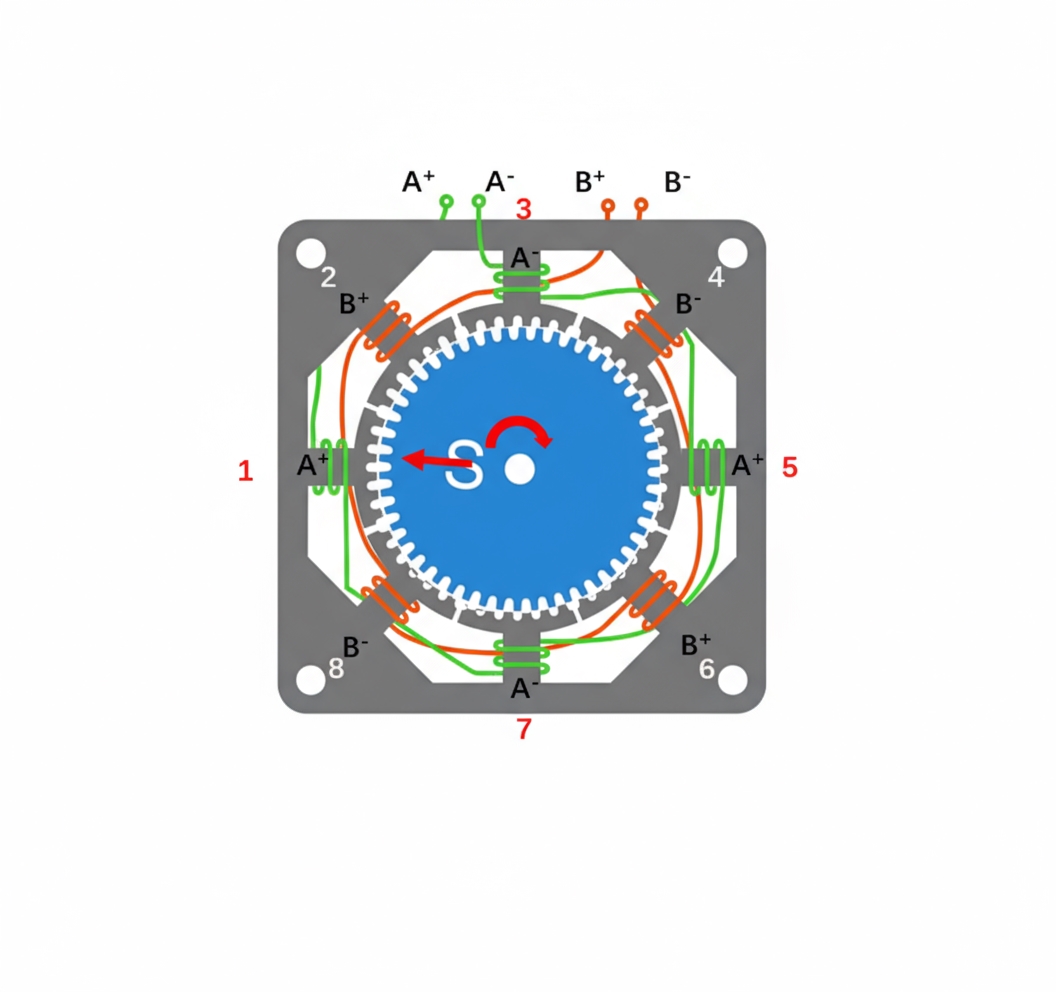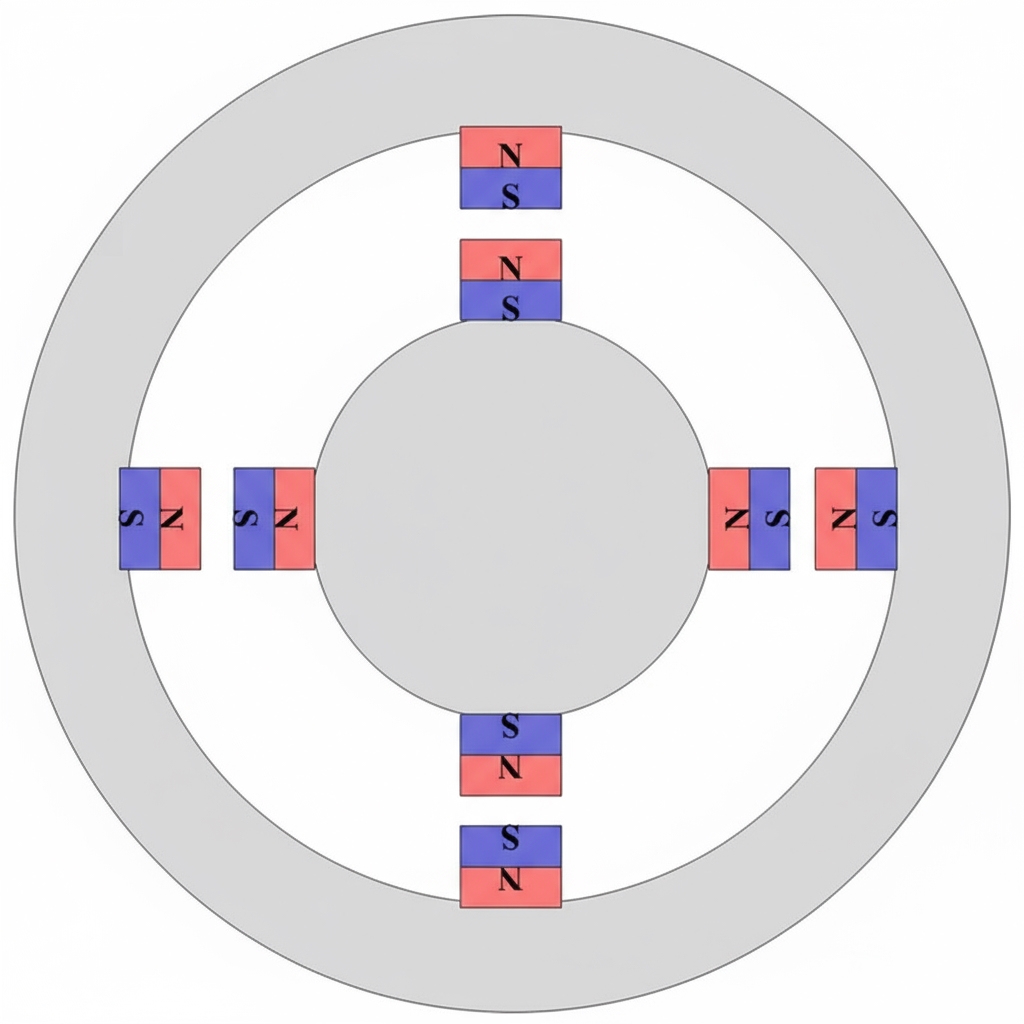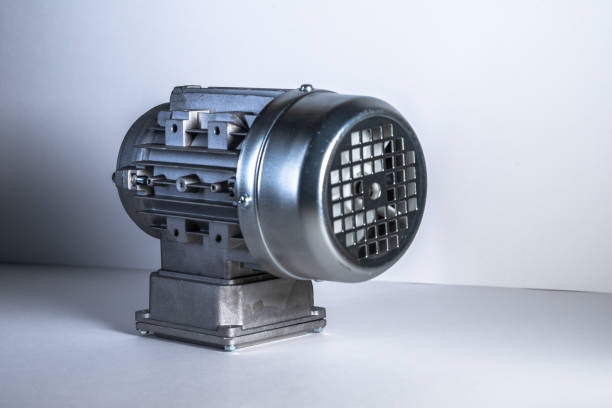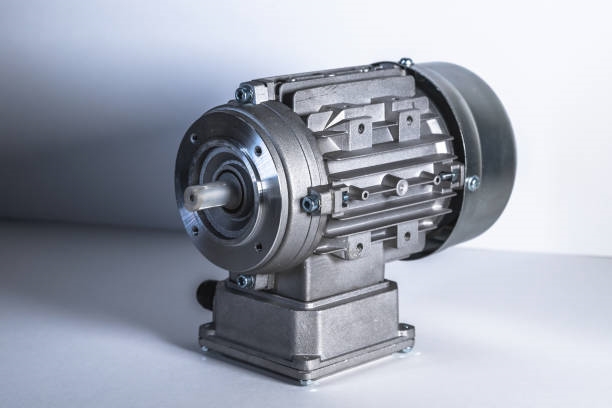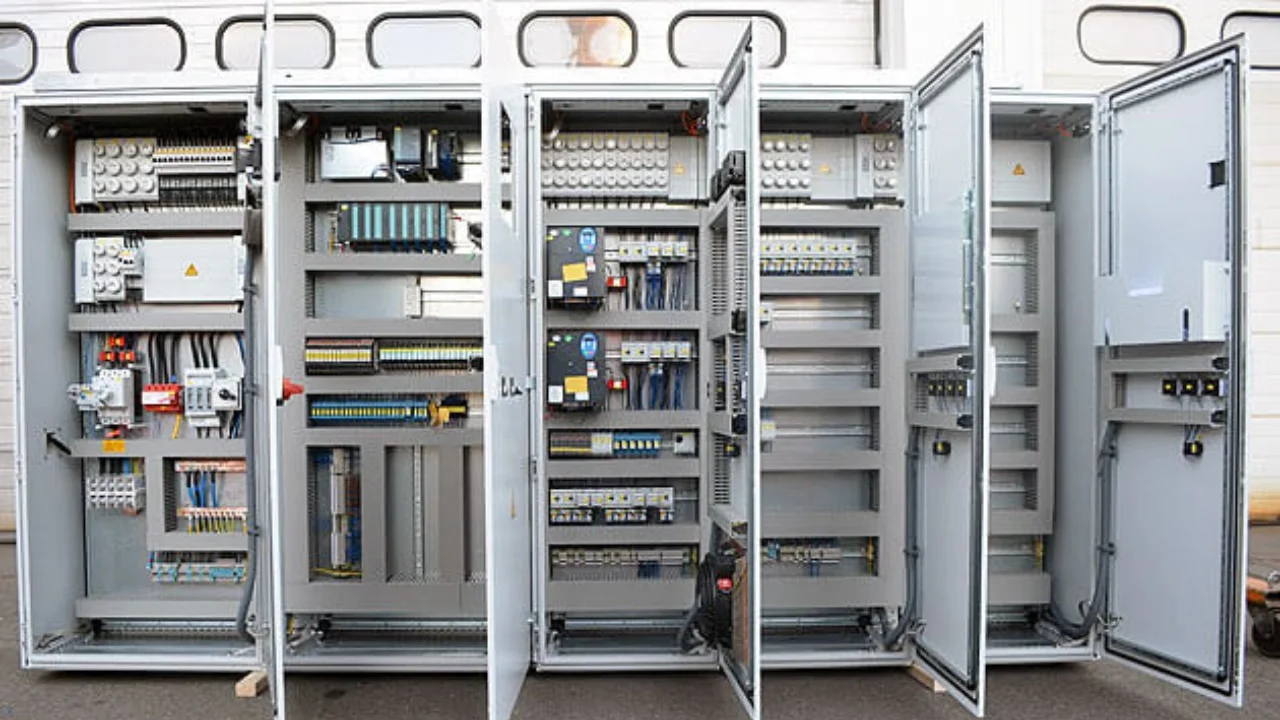Introduction
Surface-mount technology (SMT), originating in the 1960s, gained momentum in the 1980s and matured by the 1990s, becoming the dominant method for assembling modern electronics. SMT enables higher integration, improved reliability, better high-frequency performance, and automation, significantly enhancing production efficiency while reducing labor, time, and material costs. These advancements have expanded integrated circuits from aerospace to consumer products like communications and computing devices. However, SMT involves multiple processes, each impacting product quality. The three critical SMT processes are solder paste printing, component placement, and reflow soldering. Solder paste printing, the first and most vital step, deposits paste precisely onto solder pads. Data indicates that 60¨C70% of assembly defects stem from this stage, making its accuracy essential for overall quality.
Design Approach
This study builds on prior SMT research by analyzing solder paste printing defects, particularly for fine-pitch devices, and identifying issues in the printing process. Enhancements to the stencil adjustment structure and vision module hardware/software aim to improve printing precision, reduce defects, and elevate assembly quality. These improvements increase product yield and production efficiency.
Hardware and Software Design
The research focuses on the structure and functionality of fully automatic solder paste printing machines, emphasizing stencil, vision module, and related system designs.
Automatic Solder Paste Printer Structure
A fully automatic solder paste printer comprises a substrate clamping mechanism, scraper system, PCB positioning system, and stencil fixture. The clamping mechanism secures the PCB in the optimal printing position. The scraper system angles the blade against the stencil, pushing solder paste across it to deposit uniformly through stencil openings onto PCB pads. The positioning system adjusts the PCB along X, Y, and ¦È axes for precise alignment. The stencil fixture holds or releases the stencil, accommodating various sizes specific to each printer model.
Vision-Based PCB Positioning System
PCBs are categorized as rigid or flexible. Rigid boards are directly clamped, while flexible boards require a substrate to prevent deformation. Consistent positioning, typically via alignment holes, is critical. The positioning system¡¯s workbench allows fine adjustments along X, Y, and Z axes to accommodate various PCB types.
Two PCB loading methods exist: one lifts the stencil and scraper to insert or remove the PCB, offering lower precision; the other keeps the stencil and scraper fixed, with the PCB entering and exiting horizontally. In the latter, a Z-shaped frame raises the PCB to contact the stencil, aligns it, prints, then lowers and removes the PCB, achieving higher precision and better paste deposition.
Due to PCB manufacturing variations like size inconsistencies or pad irregularities, mechanical alignment alone is insufficient. A vision-based system uses PCB and stencil fiducial marks (PCB Mark and Stencil Mark) for precise alignment. The vision module, including a CCD camera, lens, prism, and light source, captures coordinates of at least two diagonal, asymmetrical fiducial points. A correction algorithm calculates movement for the positioning system to align marks accurately. If alignment exceeds acceptable deviation, the printer alerts the operator.
Stencil Adjustment Module
The printer¡¯s software controls parameters like paste volume, alignment, scraper angle, pressure, printing speed, gap, separation speed, and cleaning frequency. Iterative adjustments optimize these for quality. Key parameter impacts include:
Scraper Pressure and Angle
The scraper requires vertical pressure to force paste through stencil openings. Excessive pressure thins the paste or causes leakage, blurring patterns; insufficient pressure leaves excess paste, reducing deposition. Optimal pressure (5¨C12 N/25 mm) and angle (45¨C60¡ã) ensure clean stencil surfaces and uniform paste application.
Scraper Speed
Higher scraper speeds boost efficiency but risk incomplete paste deposition, especially for fine-pitch ICs like QFPs, where uneven paste distribution occurs. A maximum speed of 30 mm/s balances quality and efficiency.
Scraper Width
The scraper width should match the PCB, typically 50 mm wider than the board¡¯s printing direction. Narrow scrapers cause paste shortages; overly wide ones waste paste and energy.
Printing Gap
The gap between the stencil and PCB affects paste thickness. Larger gaps suit products needing more paste; smaller or zero gaps suit fine-pitch devices to prevent bridging during reflow. The gap must avoid stencil damage while ensuring uniform paste deposition.
Separation Speed
The speed at which the PCB separates from the stencil impacts print quality. A brief pause during separation optimizes pattern formation, reflecting printer quality.
Demolding Distance
The distance the PCB moves post-printing affects efficiency and quality. Excessive distance slows production; insufficient distance alters paste volume or shape, causing defects. Optimal distance depends on stencil opening size and tension.
Implementation
Before printing, the PCB¡¯s production direction is set. The printer initializes with power and air supply. For new PCBs, dimensions (length, width, thickness) are input, and the conveyor width is adjusted. PCB Mark parameters are configured for error correction, ensuring clear, sharp, high-contrast mark images. Printing parameters¡ªstroke, scraper pressure, speed, PCB height, separation speed, and cleaning frequency¡ªare set. The vision system locates PCB and stencil marks, aligning them via X, Y, and ¦È adjustments. The Z-frame raises the PCB to contact the stencil, and the scraper deposits paste through stencil openings. Post-printing, the PCB separates at the set speed and moves to the next process via conveyor.
Conclusion
By refining the stencil adjustment structure, vision module, and printing parameters, this approach enhances printing precision, reduces defects, and improves quality and efficiency. Testing shows a 99.5% yield, lowering repair costs and boosting production efficiency, offering significant economic benefits for SMT manufacturing.
 ALLPCB
ALLPCB


